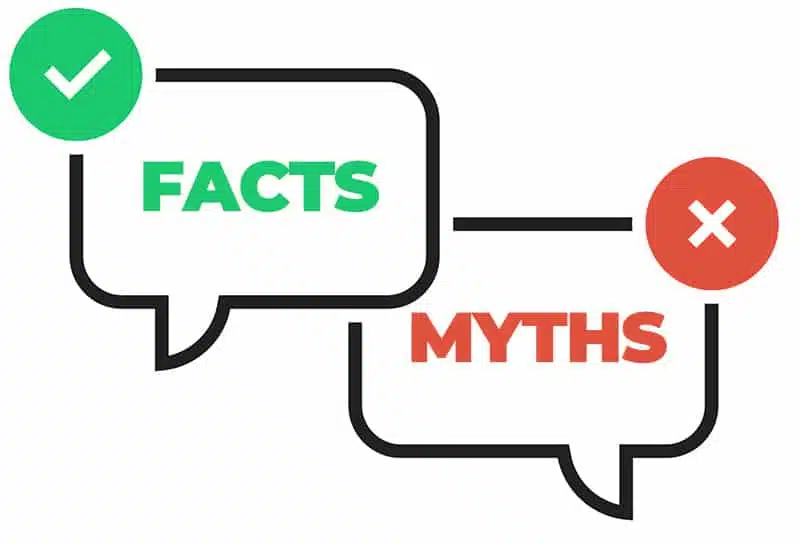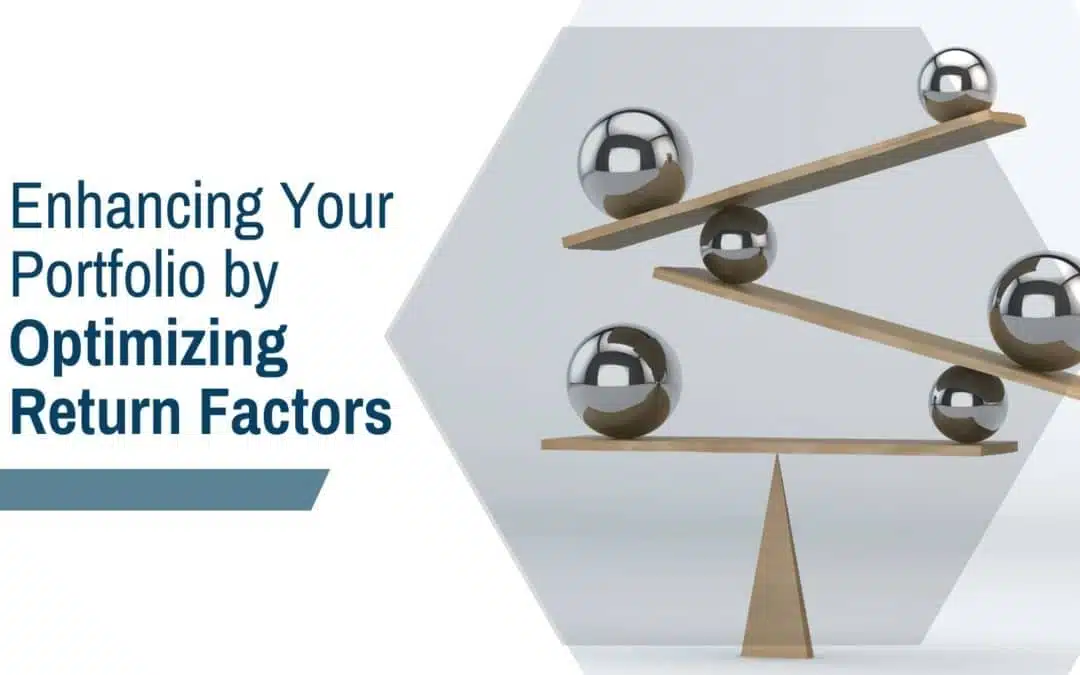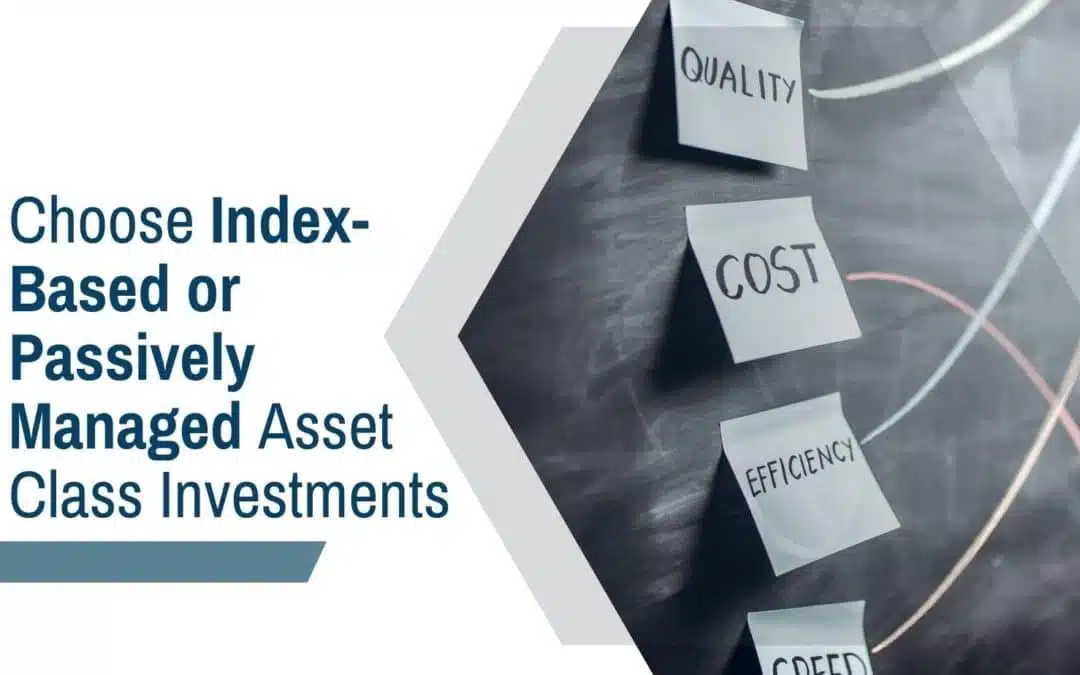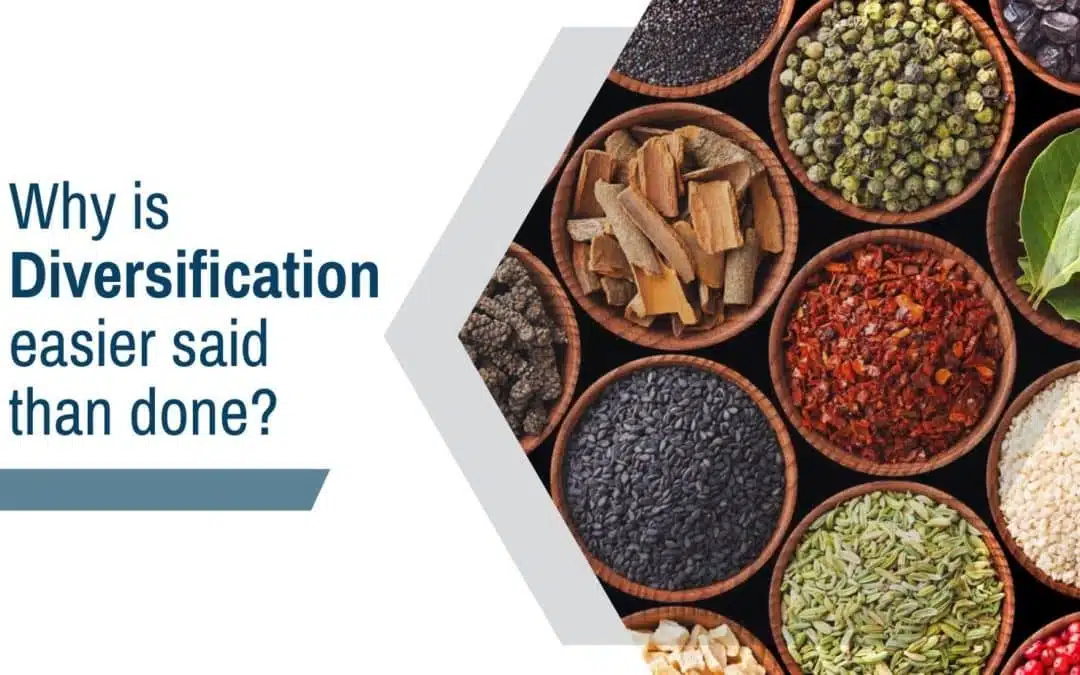the empowered investor
Winning with Evidence-Based Investing
Creating the Winning Conditions for Long-Term Investing
Key Takeaways
- How do you ensure your best financial interests are the top priority when you invest? One way is to use evidence-based investing instead of traditional active investing.
- Traditional active investing entails stock-picking and market-timing. This typically generates higher costs, without contributing to higher expected returns.
- The S&P Dow Jones SPIVA scorecard tracks active managers vs. their global benchmarks; the data shows investors have been consistently better off buying low-cost, index-tracking ETFs rather than chasing active performance.
- We also debunk three myths suggesting active managers can outperform in particular markets or by picking only winning investments. Ample evidence suggests otherwise.
- Evidence-based investors heed the evidence on how global markets have delivered positive returns over time, and position their efficient portfolio accordingly.
“I’ve worked with brokers, investment bankers, and hedge funds managers. Although I learned a lot, I found that, in many areas of finance, the focus is on increasing profits and trading risky securities, and not always at the client’s best interest.”
In addition to our comments from our last post about having an Investment Policy Statements (IPS), there’s one more reason to have an IPS: If you haven’t described how you intend to invest for success, it might not be your success that receives the top priority.
That’s because, without an evidence-based investment philosophy and an IPS to implement it, most investors end up using traditional active investing. This plays right into the hands of the broker/banker types who stand to make the most money from those who are the least disciplined about their investing. Instead of investing in a well-structured portfolio based on your needs, you can end up with a disconnected pile of high-priced products.
In our next post, we’ll take a look at why the historical roots and structure of evidence-based investing are better suited to investing for the long run. But first, let’s review what evidence-based investing is NOT about—i.e., traditional active investing.
ACTIVE INVESTING:
THE OPPOSITE OF EVIDENCE-BASED INVESTING
What do we mean by traditional active investing? Essentially, we’re talking about stock picking and market timing, which we covered in our book, The Empowered Investor:
“Stock picking is an attempt to identify winning stocks and presumes that someone—whether you, your financial advisor, or the latest guru—can consistently unearth underpriced securities that others have failed to discover. Market timing presumes that someone can consistently deduce when the entire market or a specific market sector is over- or underpriced and buy or sell equities accordingly.”
Active investing is the opposite of evidence-based investing. Essentially, it flies in the face of an overwhelming body of evidence gathered across decades and around the globe. This evidence strongly suggests:
- Active investors typically incur higher costs through increased, often ill-timed trading.
- These higher costs and extra efforts have typically detracted from rather than contributed to higher expected returns.
Sure, a few folks can come out ahead through active investing. But the odds are slim and based more on luck than skill. For building durable wealth, it doesn’t pay to play.
THE DISAPPOINTING DATA ON ACTIVE INVESTING
Again, the landmark academic studies underpinning today’s discussion speak volumes. For a great historical overview, we recommend Peter Bernstein’s classic, Capital Ideas.
Beyond the academics, the proof is in the pudding: How has active investing actually performed over the years and around the globe? To answer this question, several analytic firms have been tracking active vs. passive strategies for years. The S&P Dow Jones Indices SPIVA Scorecard is among the most familiar ones. “SPIVA” originally stood for S&P Indices Versus Active. Today, it tracks actively managed fund performance against appropriate index benchmarks covering more than 90% of all the stock markets in the world, including Canadian equity funds vs. the S&P/TSX Composite index.
We took a closer look at SPIVA scorecards in our podcast, “Active vs. Passive: Use SPIVA Scorecards to Make Better Decisions”. Basically, across all the markets SPIVA has been tracking through various timeframes, investors have been consistently better off buying low-cost, index-tracking ETFs and calling it a day.
For example, in 2021, about two-thirds of Canadian actively managed funds underperformed their indices … and that was actually a pretty good year for them. For the 10 years ending in 2021, 81% of Canadian active funds underperformed their index.

DEBUNKING ACTIVE INVESTMENT “YEAH, BUT …” MYTHS
Despite the abundance of academic and analytic evidence, hope dies hard. Again, it’s not that active investing never works. If 80%–90% of actively managed funds on average fail to outperform their benchmarks over time, 10%–20% succeed. Thanks to our behavioural biases, we want to believe we will be among the lucky few. We see this kind of hubris appear in the form of three “Yeah, but …” reasons, each of which we can readily refute.
- “Yeah, but … active investing gains an edge in bear markets.”
It’s true, active fund managers have more trading flexibility than their benchmark-hugging counterparts. They can keep more cash on the sidelines, to presumably seize great bargains when prices plummet. Or they can move in and out of markets as they please, to supposedly shield investors from bear markets and grab the bulls by their horns.
So the theory goes. Too bad active investment track records have demonstrated otherwise. The COVID crisis offers the most recent example. When markets abruptly plummeted in February–March 2020, only to swiftly recover through year-end, active managers should have been in the perfect storm for proving their worth. Instead, as we discussed in our December 2020 podcast, 88% of Canadian equity funds underperformed their indices for the one-year period ending June 30, 2020. We saw similar results during the 2008–2009 financial crisis, and could cite any number of similar examples throughout history.
- “Yeah, but … passive investing only works in busy markets.”
We’ve also heard this tune before: Passive investing works in large, busy markets like the S&P 500, where competition is so fierce, there’s not enough room for active stock-pickers to maintain a competitive edge. But in less-efficient markets, there are supposedly more chances to shine. Too bad SPIVA has looked at these markets too, and reached the same conclusions. From small-cap value stocks, to REITs to emerging market debt, 70%–90% of actively managed funds fall short of their benchmarks over a 10-year timeframe. Even in markets where trading may be less frequent, there is apparently enough price discovery to maintain relative efficiency that’s tough to beat.
- “Yeah, but … I’ll only pick the ones that have been winning.”
This is the most frequently cited justification we hear from active investors. As we explored in our podcast, “You Chase—You Lose”—from the 1990 tech boom, to the Canadian cannabis craze, to the ARK Innovation ETF—the idea of picking recent winners has been so thoroughly debunked that the truth is almost a cliché: “Past performance is not indicative of future results”.
After all, if it really were as easy as picking popular or hidden gems, piling into them, and waiting for the wealth to roll in, wouldn’t we all be multimillionaires? Instead, SPIVA and others such as Morningstar and Dimensional Fund Advisors have amply demonstrated: At best, recent strong performance tells us nothing about what to expect next. At worst, it suggests lower expected returns moving forward.
For example, based on its mid-year 2021 persistence scorecard, SPIVA reports:
“The Persistence Scorecard shows that regardless of asset class or style focus, active management outperformance is typically short-lived, with few funds consistently outranking their peers or benchmarks. … [The scorecard] reinforces the notion that choosing between active funds on the basis of previous outperformance is a misguided strategy.”
What about finding an expert to detect hidden future winners while they’re laying low? Your odds remain equally as bleak here. As described in our Empowered Investor book:
“Successful stock picking and market timing would entail the accurate prediction of future geopolitical, economic, financial, or technological events and advances. As this is patently impossible, stock-picking and market-timing recommendations tend to appeal to emotion rather than reason.”
EMBRACING EVIDENCE-BASED INVESTING
The alternative to reaching for “yeah, but …” straws is to heed the evidence on how global markets have actually delivered positive returns over time. Instead of stressing out over fleeting trends, position your portfolio accordingly. As we’ll cover in upcoming posts, this involves making informed allocations to expected sources of risk and return according to your goals and risk tolerances, and sticking with them over time.
Next up, we’ll take a look at the historical roots of evidence-based investing, including index investing and passive asset class investing. In the meantime, if you have questions or comments about what you’ve read so far, please reach out to us today. We love hearing from our readers!
Additional Reading:
- Capital Ideas: The Improbable Origins of Modern Wall Street, by Peter Bernstein
- A Random Walk Down Wall Street, by Burton Malkiel
- And, as always, our own book: The Empowered Investor
More Winning Investment Principals

Investment Principal #4: Maximize Returns with Key Investment Factors
Discover how investment factors can help you maximize returns. Learn strategic factor investing to enhance your portfolio.

Investment Principal #3: Using Passive/Index Funds or ETFs
Index-based or passive asset class funds focus on how to reduce the costs and frictions involved in capturing the market’s generous expected returns over time.

Investment Principal #2: Diversify Your Asset Classes
The magic behind diversification is found in a financial measure known as correlation, or the degree to which two asset classes move in similar patterns.
Stay on top of your financial education
Subcribe and follow to get updates on important wealth management topics.

Connect
Visit Us
3535 St-Charles Blvd.
Suite 703
Kirkland, Quebec
H9H 5B9
Connect
